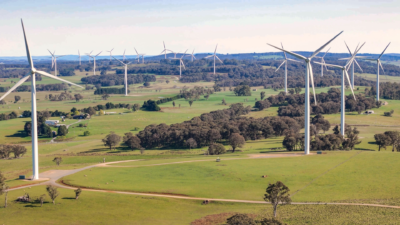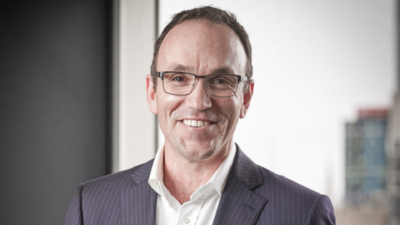… and Impact’s role at the pointy end
The biggest single investment category for major impact investors around the world is climate related, as it is for more general ESG investing. But “true impact investing’ is different.
Another global webinar this month focusing on what climate change means for investors and managers was organised by US impact advisory group Tideline. Speakers included London-based Jeremy Smith, of impact and private equity fund raiser Rede Partners, Amy Duffuor, of US-based not-for-profit Prime Impact Fund, Natalie Adomait of Brookfield Asset Management and Allison Spector, of Nuveen Asset Management.

The discussion, moderated by Tideline managing partner Ben Thornley, painted a contrast between thematic investments in climate-related market sectors and “true impact investments that deliver and report demonstrable environmental outcomes alongside financial returns”.
Tideline has been a key player in work on setting a standard definition to be used globally for impact investors, as well as better categorisation and benchmarking, to aid the further development of the asset class.
He said that there was growing recognition that making claims about impact was distinct. He quoted a recent article published by Willis Towers Watson WTW that “the future of investing is 3-D, meaning risk, return and impact”. Risk and return were well catered for, so the remaining question was why impact was different.
WTW’s conclusion, with eight principles for investors to follow, closely resembled what had become the framework now prevalent for impact investing, such as in the work of the Impact Management Project and the Nine Operating Principles of Impact Management. For a deeper discussion on the principles, see a previous Tideline webinar report.
Rede Partners’ Jeremy Smith said that his firm interviewed about 150 limited partners (investors) in the past year and 60-70 per cent said they wanted an exposure to climate-related impact investments as a primary theme.
“We are sure that every strategy will now have an ESG policy and a set of climate targets,” he said. “Climate has a unique quality because it can touch every sector, every asset class and every strategy.”
For general partners (managers) to include impact in their fund or product range they needed to provide clear information such as:
- the fund’s intention, goal, how it had been set up, how it would deliver on the UN’s Sustainable Development Goals’ outcomes
- the fund’s strategy and how it would help manifest the intention
- resourcing and how they will take advantage of the opportunity
- delivering the environment, what they are willing to underwrite, what KPIs have been set, and
- alignment: if they have alignment with investors about financial returns, do they also have alignment with their financial carry and non-financial factors.
Nuveen’s Allison Spector, which also advises its parent organisation, TIAA, on its impact strategies, said that climate was making impact mainstream. “For the first time, impact is palatable for all investors.”
She said that Nuveen thought about what provided the highest value uses of capital as long-term investors. The firm also was concerned whether or not it was investing in under-supplied capital markets and investing in solutions that had not been proven or de-risked.











